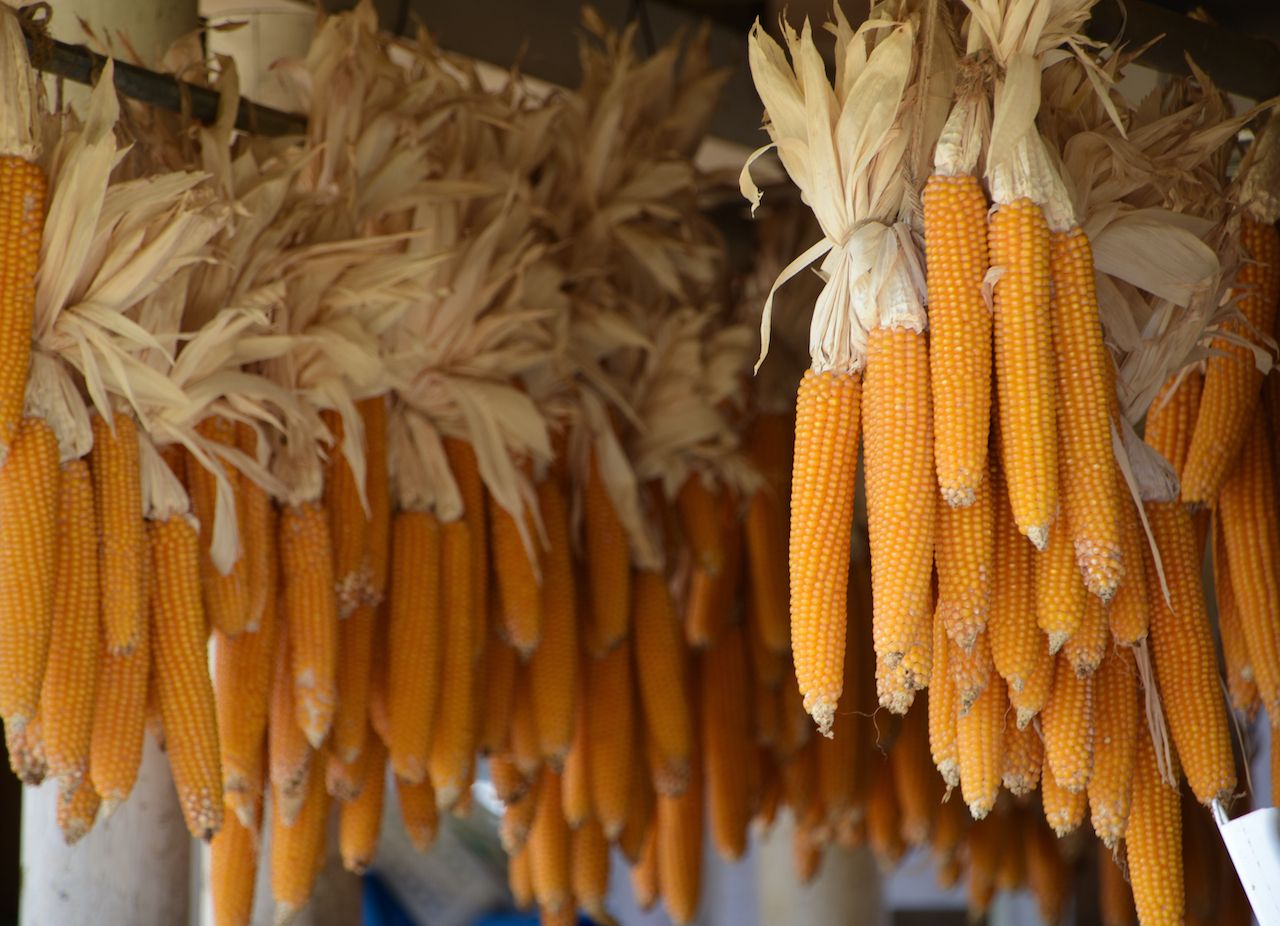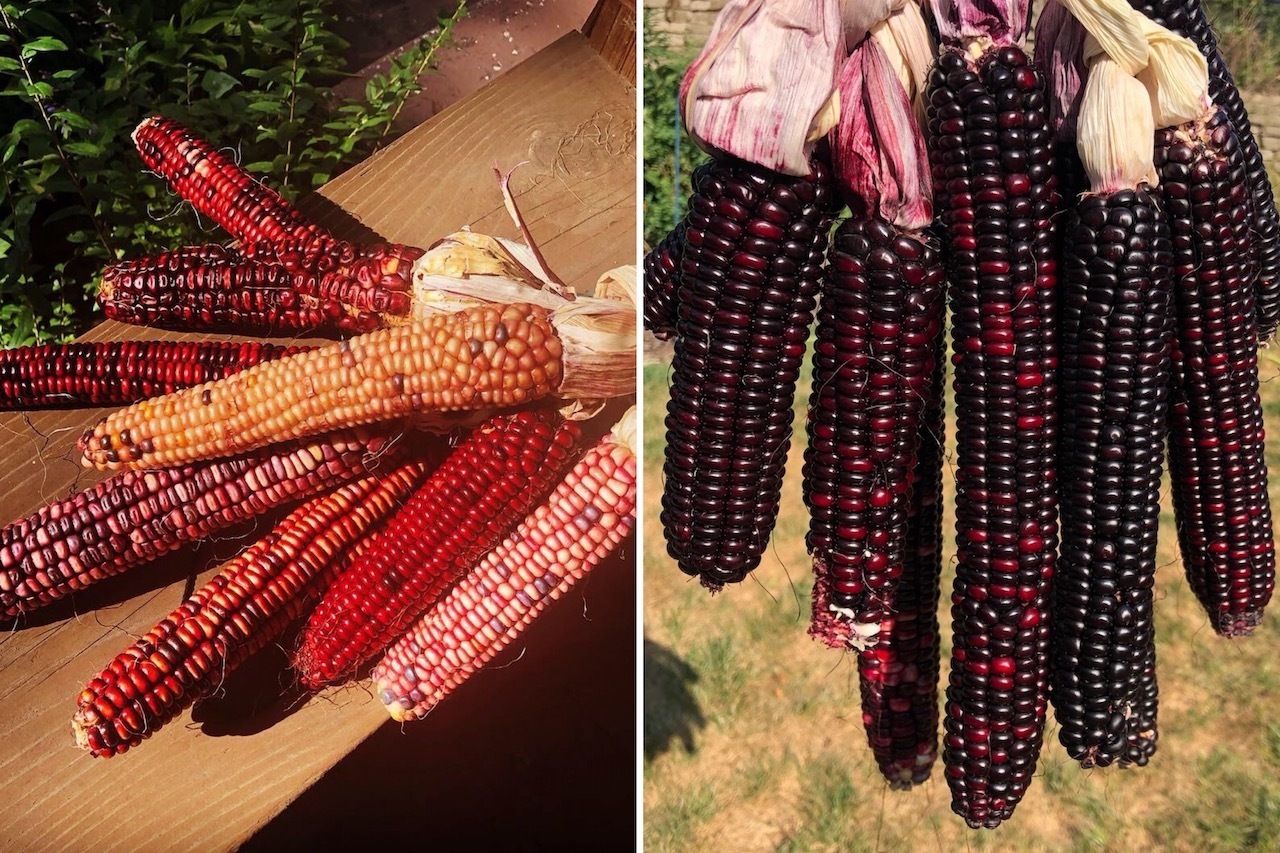Taylor Keen, the founder of Sacred Seed, which preserves and plants Cherokee and Omaha Nation crops, remembers exactly how corn came back into his life: It all started with a phone call, nearly 15 years ago, from his mentor Dr. Deward Walker.
“He called me up and said, ‘Young man, what are you doing to protect your corn?’” Keen tells me.
Keen, a member of both the Omaha tribe and the Cherokee Nation, hadn’t thought about the status of Indigenous crops, but over the course of their conversation, Walker, who is a professor of anthropology at the University of Colorado Boulder, told Keen that corporations like Monsanto were “displacing the Indigenous heirloom seeds with their seeds,” Keen recalls. These revelations alarmed Keen.



